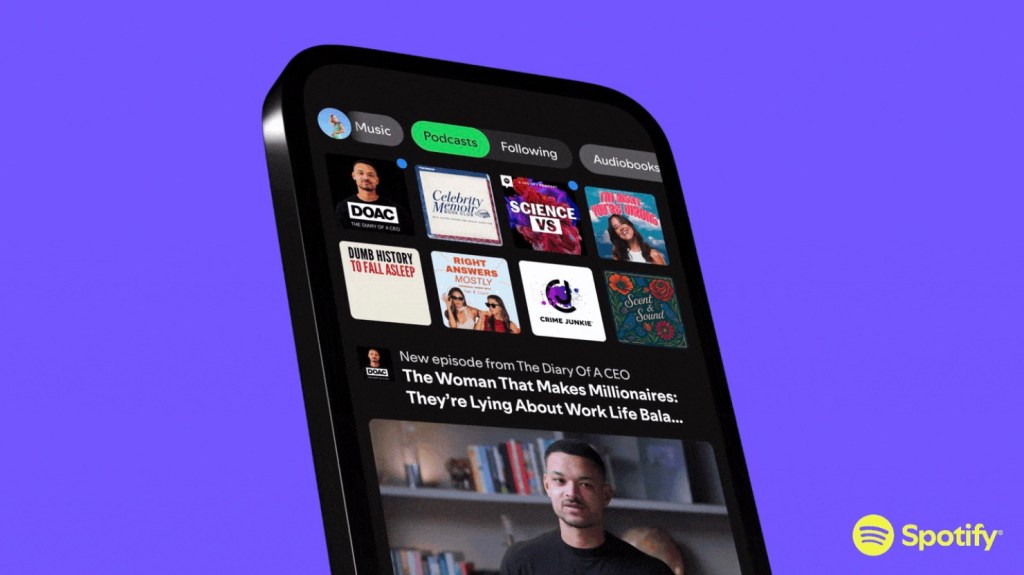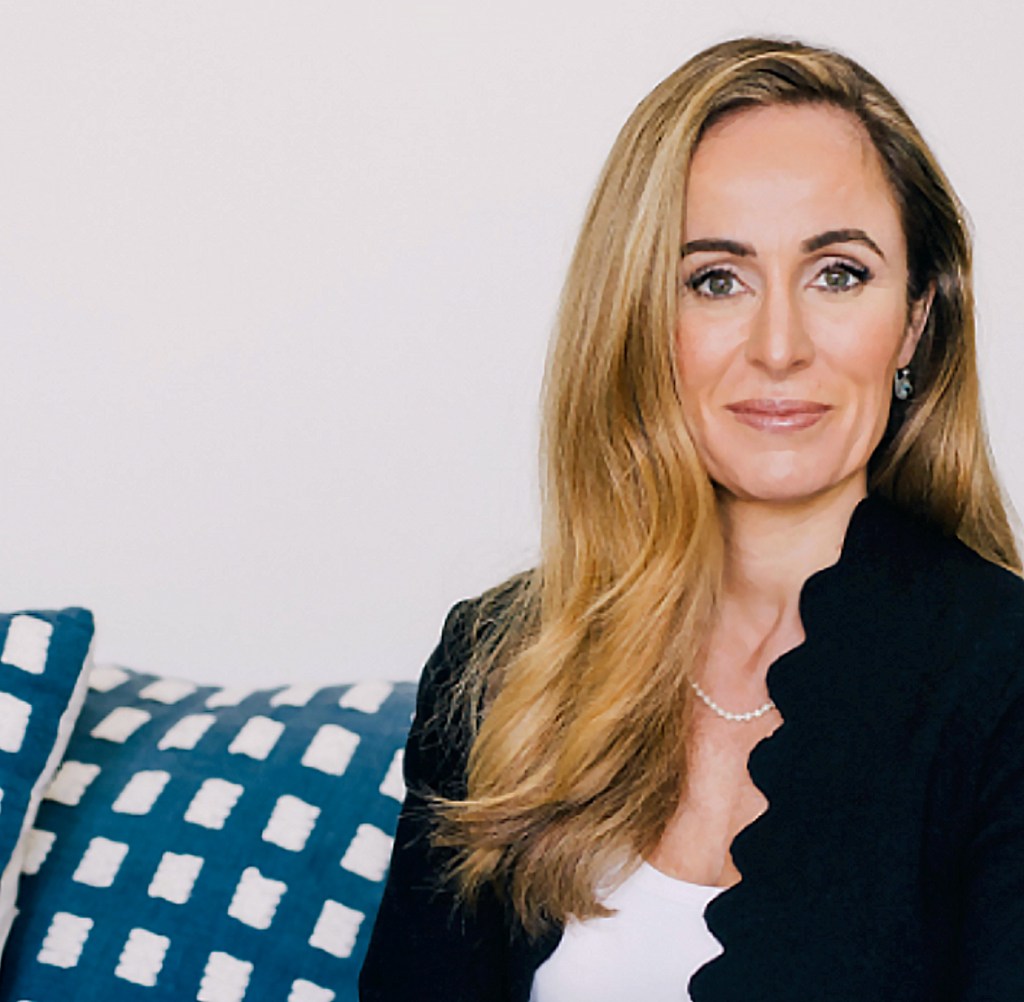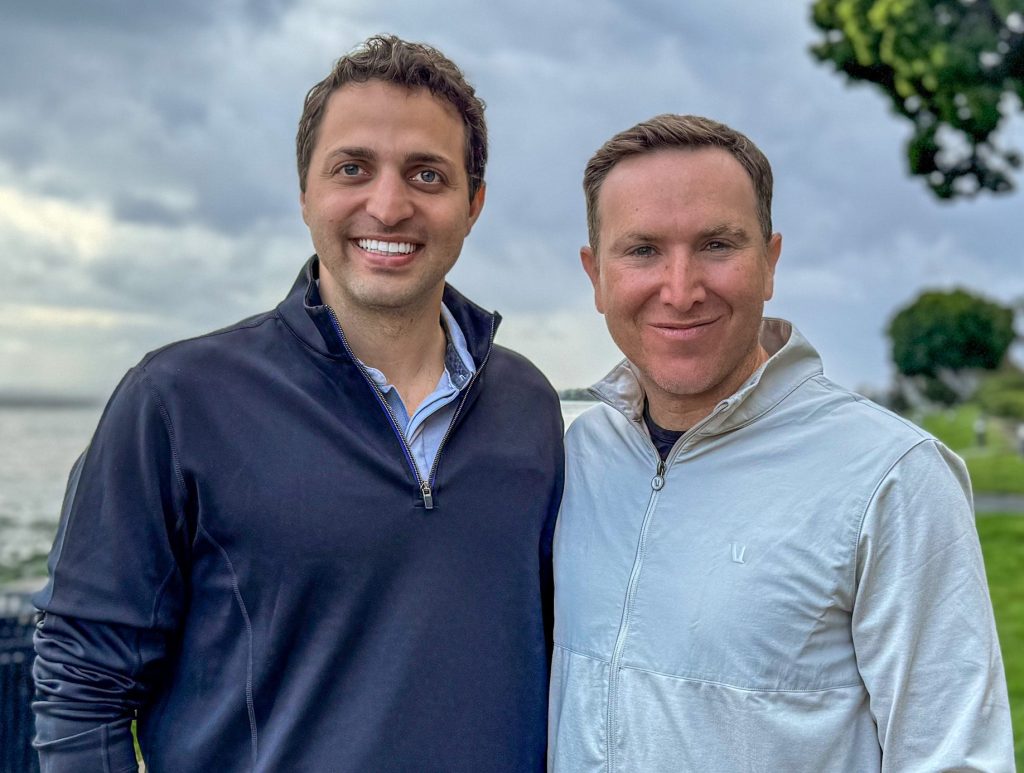Spotify’s Video Podcast Surge: Half a Million Shows and 400 Million Viewers
Spotify’s foray into video podcasting has yielded remarkable results, with the platform now hosting nearly 500,000 video podcasts and attracting an audience of over 390 million viewers. This represents a 54% increase in viewership compared to the previous year, underscoring the growing appeal of video content among Spotify users.
The expansion of Spotify’s video podcast library is a testament to the company’s strategic investments in this format. In June 2024, Spotify reported having approximately 250,000 video podcasts, a number that has since doubled. This growth was facilitated by the introduction of tools that enabled podcasters, regardless of their hosting platform, to upload video content directly to Spotify. Additionally, the platform has enhanced user engagement by incorporating interactive features such as comments, Q&A sessions, and polls, fostering a more community-oriented experience.
The impact of these initiatives is evident in user behavior. Time spent consuming video content on Spotify has more than doubled year-over-year, with video podcasts being the primary driver of this surge. Since the launch of the Spotify Partner Program (SPP) in January, video podcast consumption has increased by over 80%. The SPP offers creators new monetization avenues, including audience-driven payouts from Spotify Premium user engagement, thereby incentivizing the production of high-quality video content.
In a strategic move to broaden its reach, Spotify announced a partnership with Netflix to distribute its video podcasts starting in 2026 in the United States, with plans to expand to additional markets subsequently. While specific details of the revenue-sharing agreement remain undisclosed, Spotify’s leadership has emphasized the benefits of this collaboration. Incoming co-CEO Alex Norström highlighted the company’s commitment to being a distribution hub for creators, stating, We think… that when the creator wins, we win, and as creators optimize to create their best shows and interviews… they wanted to syndicate everywhere. And we believe, of course, in helping them to reach audiences in as many places as possible, which is consistent with our core philosophy on being creator-first.
Co-CEO Gustav Söderström further elaborated on the strategic importance of this partnership, noting that allowing creators to be present on both Spotify and Netflix opens up additional revenue opportunities. He described it as part of Spotify’s ubiquity strategy, emphasizing the need to offer a strong value proposition to creators while enhancing the user experience.
Norström also pointed out that featuring Spotify podcasts on platforms like YouTube has increased awareness and led to incremental usage on Spotify itself. The company anticipates a similar outcome with the Netflix partnership. Moreover, Spotify has recognized the potential of television as a medium for content consumption, as evidenced by the recent upgrade of its Apple TV app. By expanding accessibility across various platforms, Spotify aims to boost user engagement and, consequently, its advertising business.
Despite these advancements, Spotify acknowledges that 2025 is a transitional period for its advertising sector. The company has provided advertisers with programmatic access to its audio and video inventory but does not expect significant growth in this area until the latter half of 2026.
Financially, Spotify reported an 11% year-over-year increase in monthly active users, reaching 713 million. Revenue rose to €4.27 billion (approximately $4.9 billion), surpassing Wall Street expectations. The company also achieved a net profit of €899 million (around $1 billion) for the quarter. However, despite these positive indicators, Spotify’s stock experienced a decline following the earnings report, reflecting investor concerns over mixed guidance for the upcoming quarter.
In summary, Spotify’s substantial growth in video podcasting underscores the platform’s successful adaptation to evolving consumer preferences. By investing in content creation tools, fostering strategic partnerships, and enhancing user engagement features, Spotify is positioning itself as a formidable competitor in the digital content landscape.



